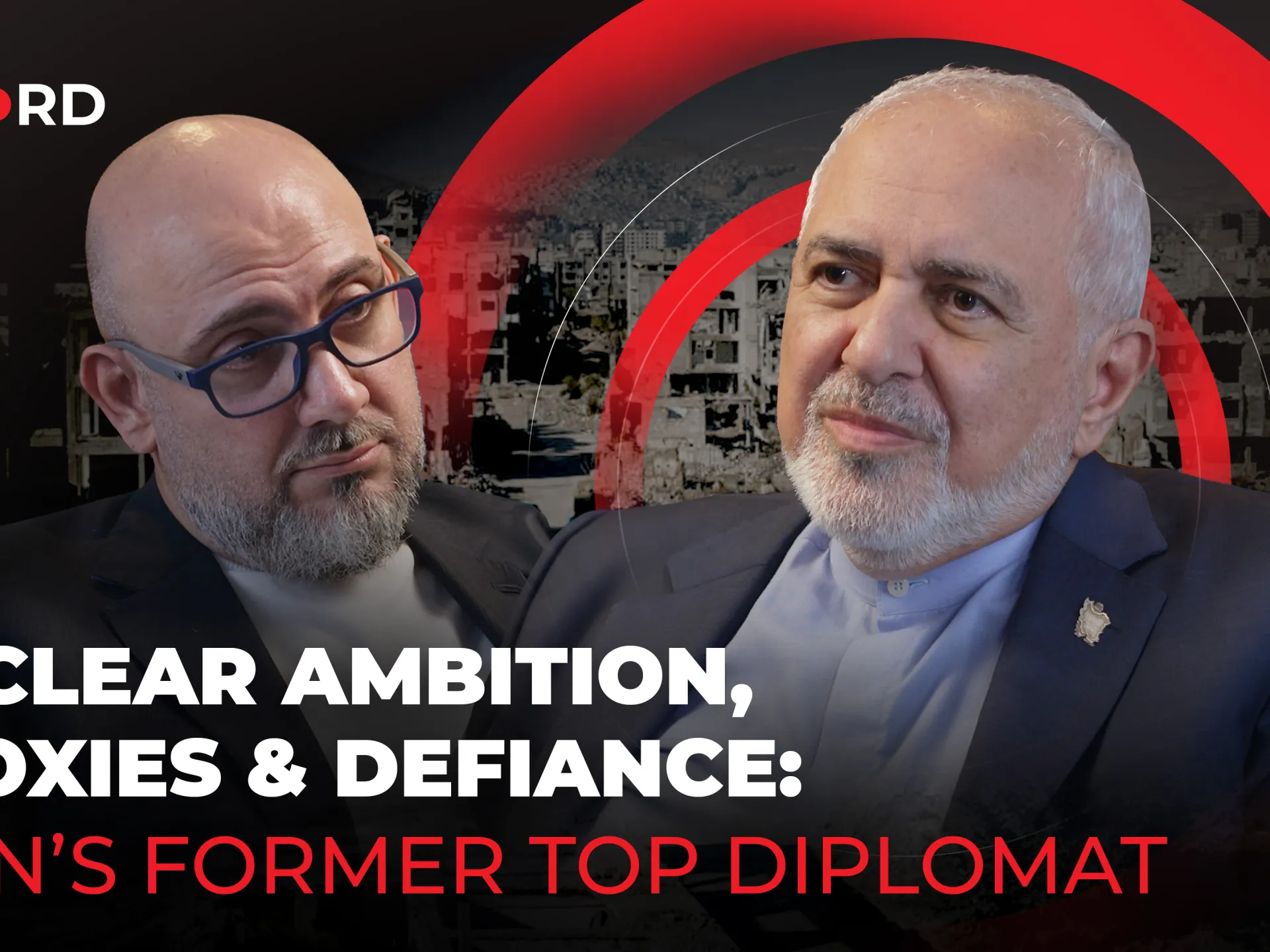Nuclear ambition, proxies & defiance: Iran’s former top diplomat | Israel-Iran conflict
In this episode of On the Record, Al Jazeera’s Ali Hashem is joined by Iran’s former foreign minister, Mohammad Javad Zarif. They discuss Iran’s political and military involvement in the Middle East and beyond. Zarif reflects on Iran’s involvement with resistance groups in Syria, Gaza and Lebanon and why Iran’s nuclear ambitions have not been obliterated by either the US or Israel.
Published On 11 Dec 2025
